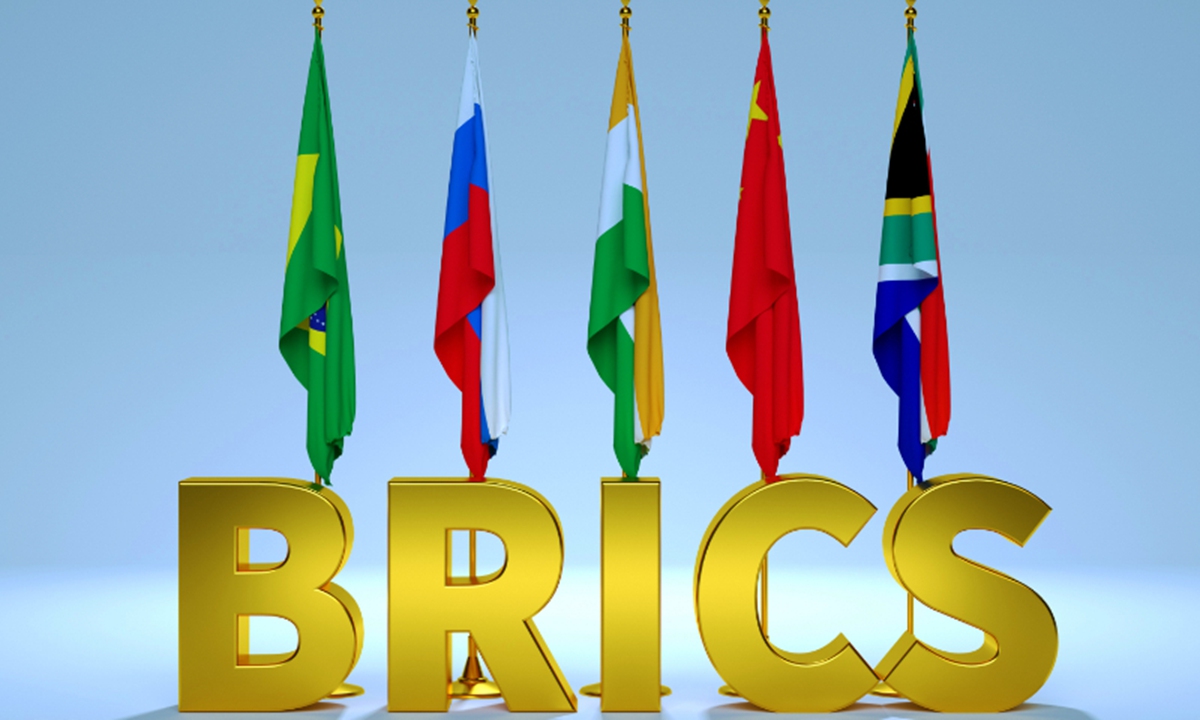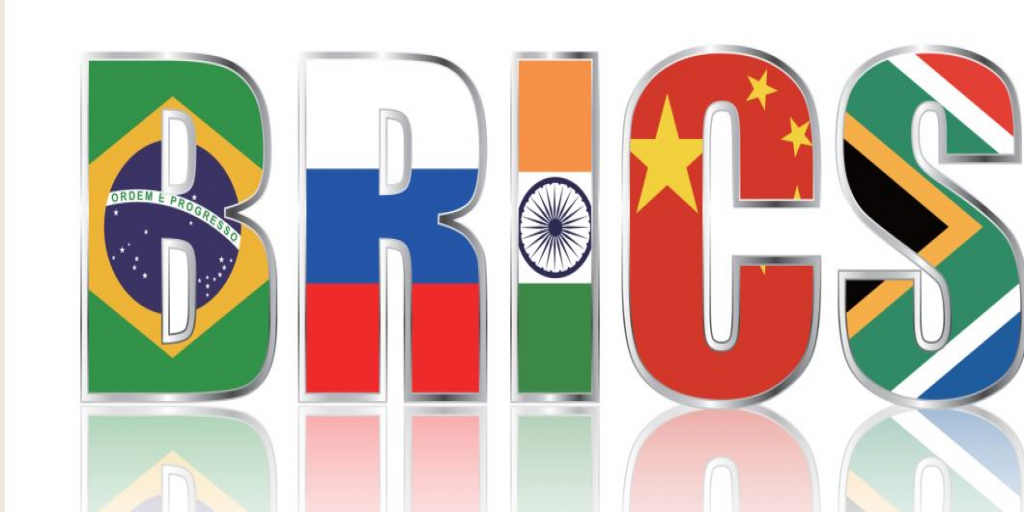As the 15th edition of the BRICS summit approaches, two topics are high on the grouping’s agenda: its expansion, with the arrival of several African countries in particular; and the development of a new currency to be used for cross-border trade by the BRICS nations, which may be seen a push for de-dollarization.
De-dollarization’s moment might finally be here with Russia’s recent announcement that it is now spearheading the development of a new currency, says Joseph W. Sullivan, a former special advisor and staff economist at the White House Council of Economic Advisers during the Trump administration.
In an article published in Foreign Policy last week, Joseph W. Sullivan notes that the new currency — here referred to as ‘BRIC’ — is to be used for cross-border trade by the BRICS nations: Brazil, Russia, India, China, and South Africa. These developments complicate the narrative that the dollar’s reign is stable because it is the one-eyed money in a land of blind individual competitors like the euro, yen, and yuan.
The article, titled “A BRICS Currency Could Shake the Dollar’s Dominance,” agrees with one economist’s assessment that “Europe is a museum, Japan is a nursing home, and China is a jail.” But, according to Sullivan, a BRICS-issued currency would be different. It’d be like a new union of up-and-coming discontents who, on the scale of GDP, now collectively outweigh not only the reigning hegemon, the United States, but the entire G-7 weight class put together.
If the new BRIC currency replaces the dollar as the reserve currency of the BRICS, the reactions will be varied and bizarre — from applause coming loudly from officials in BRICS countries with anti-imperialist dispositions to boos emanating mainly from the United States. Either way, the dollar’s reign is not likely to end overnight — but a BRIC would begin the slow erosion of its dominance.



